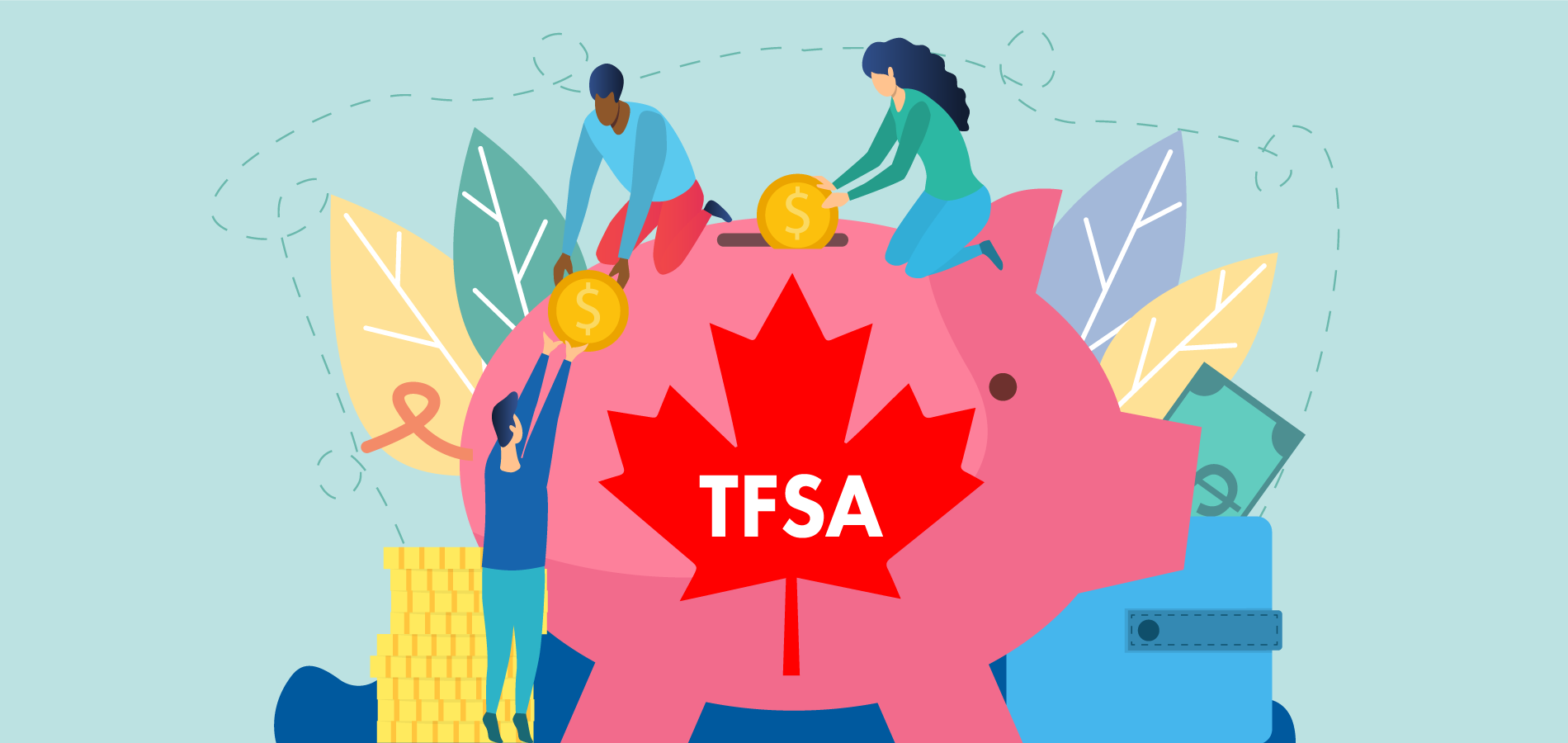For a small business, filing for bankruptcy is usually considered a “last resort” since it will mean the end of your company. In this article, we talk about how bankruptcy works in Canada – and discuss other options that are not as drastic. You’ve worked hard to build up your business, so do what you can to save it.
What is small business bankruptcy?
Your business can file for bankruptcy if it can no longer pay its creditors. Normally, this means that the company is going out of business and will cease to exist.
To file for bankruptcy, you will need to speak with a licensed insolvency trustee. They will do the paperwork and inform creditors that you have taken this step. These trustees receive training and certification through the Canadian Association of Insolvency and Restructuring Professionals.
The bankruptcy process can be expensive, with some experts arguing that it costs up to $15,000. So you need to consider whether there are other options.
How common is small business bankruptcy?
According to the federal government, 2,480 Canadian businesses filed for bankruptcy in 2021. That’s down from 3,680 in 2019. Officials say that fewer companies declared bankruptcy in the last two years due to the government financial supports being offered during the pandemic.
While that may seem like a lot of companies going under each year, the number is very small when you consider that there are 1.2 million small and medium-sized businesses across Canada.
However, with the government no longer providing pandemic financial help to small businesses, the number of bankruptcies is rising. The government reported that the number of businesses filing for bankruptcies or making creditor proposals jumped by 37 percent in September 2022 compared to a year earlier.
When should you consider filing for bankruptcy?
Let’s say your business is struggling to bring in enough revenue and remain profitable. It’s challenging but when should you decide to pull the plug? Here are some clues:
- You are hit by a prolonged downturn in your market. Perhaps people no longer want to purchase what you have to offer or it’s been replaced by more advanced products. At the beginning of the 20th Century, the makers of horse-drawn carriages probably didn’t see the automobile coming or thought it was just a fad. If you are unsure about the market, consider hiring a business consultant to study whether demand has shifted.
- There’s a nationwide recession or your local economy has tanked. Most Canada-wide recessions end within a year or two – so you can probably wait it out. However, if your town’s economy depends on a single employer that is struggling, such as a mine or a mill, your retail business may be crippled.
- You have high levels of debt and limited cash flow. It’s fine to take on debt as long as it is used to buy equipment or open new markets. However, if you don’t have much cash flow you will not be able to make the interest payments on that debt. Ask your accountant to crunch the numbers.
- You are relying on personal credit cards and loans in order to meet business obligations. This suggests that the business is not generating enough income to cover costs.
One of these challenges alone may not push you into bankruptcy. But if you are being buffeted by storms from several directions, it may be time to consider taking the extreme step.
How to avoid small business bankruptcy
Since bankruptcy means the end of your business, you should consider options to keep it alive. Does the company normally have solid revenues and profits? If so, perhaps you are just going through a rough patch or maybe the markets you serve will eventually recover.
If you believe there is long-term potential for your business, you may wish to make a Proposal to Creditors. Again, a licensed insolvency trustee can help you with this. The proposal could include the option of paying part of your debts or reducing your monthly payments to give you some breathing room. Creditors may prefer these options to your declaring bankruptcy, since this would mean that they receive very little of the amount owing.
Does your business have any assets?
Perhaps you have a retail store and own the stripmall where the store is located. Or maybe you have a small manufacturing firm with an industrial facility and valuable equipment. These are assets that can help you avoid filing for bankruptcy.
Again, you have to analyze the situation to determine whether your business can recover from its challenges and eventually pay off its debts. If you believe it’s possible, you may be able to leverage your assets. Perhaps you can sell the retail property and lease your store from the new owner. In the case of the manufacturer, you may be able to lease the equipment instead of owning it outright.
In filing for bankruptcy, what’s the difference between a corporation and a sole proprietorship?
When it comes to bankruptcy, this is an important distinction. A small business corporation carries limited liability – you are not generally personally liable for its debts. On the other hand, with a sole proprietorship or partnership, you simply report your income on your personal tax return. This means that your personal assets can be seized to pay your business creditors. For this reason, many small businesses choose to incorporate.
However, there can be situations where you are still personally responsible for the corporation’s debts. For example, you may have made personal guarantees when taking out a business bank loan. In addition, the Canada Revenue Agency may rule that you have director’s liability for any amounts owing, such as HST or corporate income taxes.
Will personal bankruptcy affect my small business?
If you are planning to declare personal bankruptcy but have your small business continue, consult with a licensed insolvency trustee to consider your options. Any shares that you own in the business will be considered as assets in your personal bankruptcy filing. However, if your business is struggling and not profitable, these shares may have little value. You may be able to continue your business after a personal bankruptcy. Again, your advisor will be able to help.
In summary: Is bankruptcy the right step for your business?
In this article, we’ve outlined how filing for bankruptcy works in Canada. It’s a drastic move so consider other options, such as approaching creditors to discuss your problems. Bankruptcy means that you are winding up your business and it will no longer exist. You may wish to get advice from a business consultant, your accountant and a licensed insolvency trustee.





